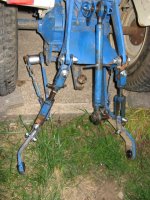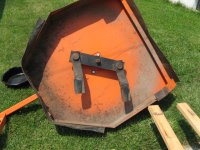oliver28472
Veteran Member
Duh... My mind was on the cutter.

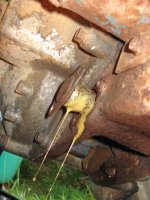
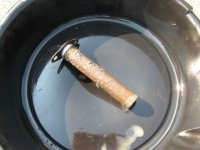

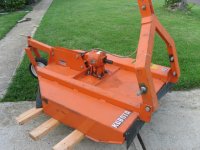
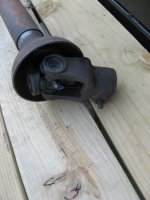
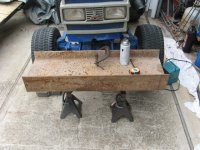
Slip clutch on the PTO maybe instead of redoing your shaft?
It's one thing to bypass your filter to test the problem... and it's another to leave it that way. I removed the factory filter assy on my Beaver and repalced it with a generic, largely because I didn't want to wait for one ordered while I tried to work out other problems.
Before I tried tipping my mower deck on its side to drain fluid out of, I'd seek out a suction pump and draw it out that way instead.
I had a similar issue with my fuel valve. I ordered a replacement handle from Valley Power. How did you get that bolt out of the strainer? As you probably know the oil had water in it. Good thing you were able to get that out.
Does your tractor have a screen in front of the radiator? One issue that you will probably encounter when bush hogging that much is overheating. Make sure you have all the radiator fins clear. Don't use a pressure washer for this, it will bend the fins. I would also recommend plumbing in a mechanical temp gauge where the idiot light is plumbed in. I built screens for both of mine out of quarter inch plywood and screen wire stapled to it.
Sounds like you are getting there...
Neat! Good luck. Btw. Where abouts in Missouri are you. I went to school at Truman state...but it was still NMSU then.
